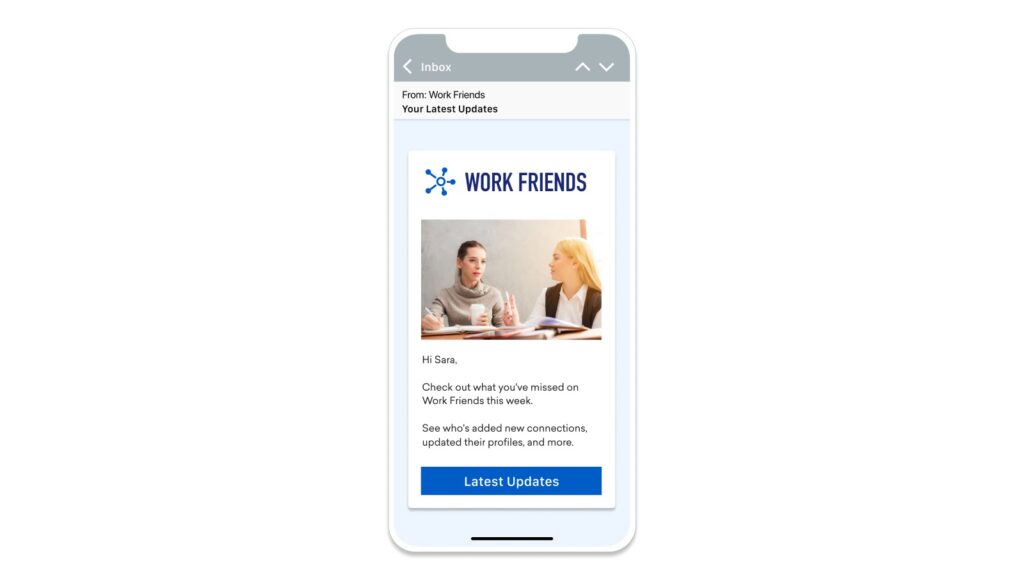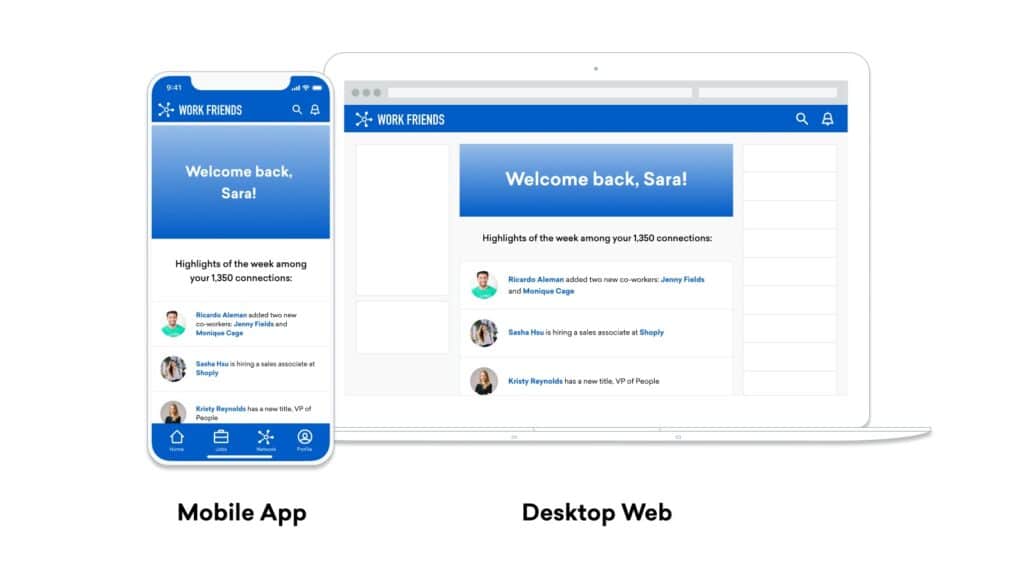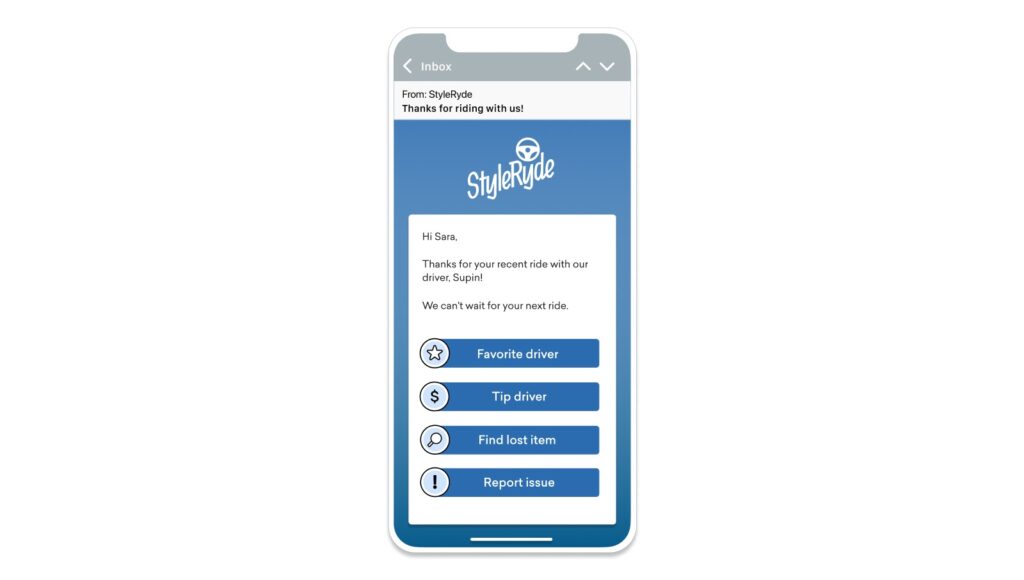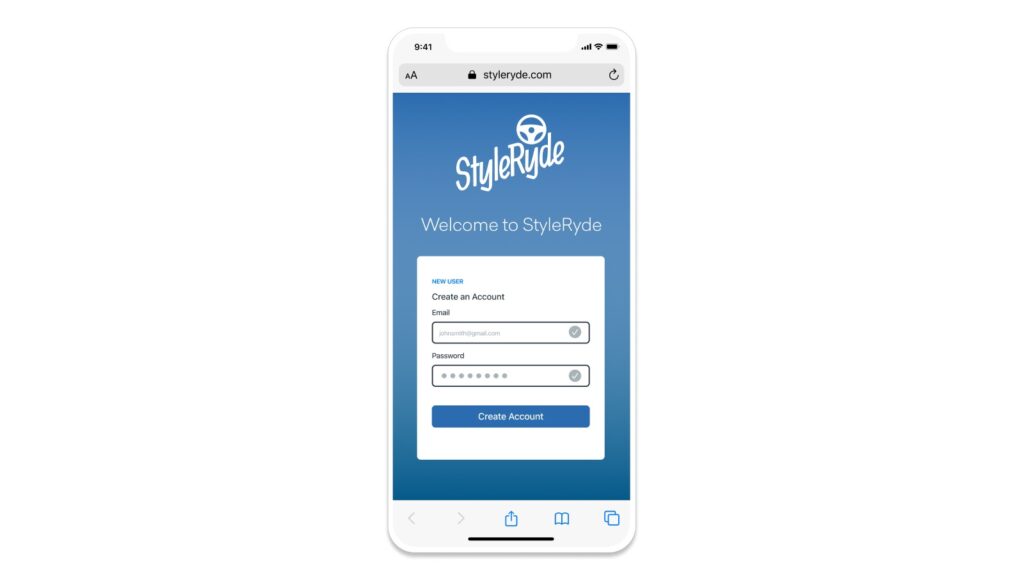
No one marvels when water flows from the faucet. When the lights turn on. When the sun rises in the morning and sets at night. When the internet works. These are just a few of the million small details silently humming behind the scenes, keeping the daily comings and goings of our interconnected lives running smoothly.
In the world of mobile email marketing, deep linking is one of those details quietly operating in the background, orchestrating the comings and goings between our mobile email inboxes and smartphone apps, all with the ease of a well-oiled machine.
What Is Deep Linking and Why Does It Matter for Mobile Email Engagement?
While regular (HTML) links work just fine for emails opened on desktop and laptop devices, these links don’t “speak” the same language as mobile apps. And that’s a problem because while the ability to read email on mobile devices is a relatively recent phenomenon, emails opened on mobile devices now outpace emails read on every other type of device. In fact, by some estimates, as many as 55% to 65% of emails delivered are read on mobile devices.
With no universal language to seamlessly link from web-to-app, as a workaround companies have simply sent emails along the lines of “Check out our latest shirts” or “Best travel deals,” linked the content to the main screen of their company’s mobile app, and hoped recipients would hunt around to find the relevant deal.
Deep links, however, are a game-changer. They enable companies to share links that route directly to specific content within an app, rather than to a general app homepage. With more than half of recipients likely to open emails on mobile devices, it only makes sense that businesses sending emails to customers should optimize their campaigns for mobile engagement by using deep links instead of other broken or dated linking experiences. While that seems like a simple, straightforward, and reasonable goal, it’s something that many brands fail to accomplish. Simply put, many overlook the importance of deep linking — or just aren’t doing it right. (By one count, as many as 60% of deep links are broken.)
Mobile Email Deep Linking in Action
To see what happens when companies get mobile email deep linking right and, in the worst-case scenario, when they get it wrong, let’s take a look at these two scenarios to see the deep linking difference in action. When implemented correctly, deep linking can be the difference between scenario A — resulting in a positive customer experience — and scenario B, which is likely to create a frustrating one:
Scenario A: Seamless Deep Linking
Sara receives an email from a social network telling her to see this week’s highlights from her connections.

Because the email leveraged deep linking, clicking on the CTA successfully takes her to an app installed on her phone.

With Scenario A, the transition between email and mobile app is as smooth as can be. And, if the recipient subsequently decides to open the email on a desktop or laptop device at a later point in time, the experience is seamless, with the same link directing the individual to a user-friendly web experience, instead of the app.
Scenario B: Broken Experiences
For this example, let’s imagine that Sara has received an email from fictional ride-share company StyleRyde.

When she clicks on one of the links in the email, StyleRyde’s mobile website opens up instead of the app, which is installed on her phone. And, worse, the web experience she’s shunted to has nothing to do with the purpose of the link she clicked.

In Scenario B, we can see how the process can go haywire — and how the customer experience can break — without deep linking working to create elegant transitions from mobile emails to mobile apps.
Here, instead of deep linking the email content to the relevant mobile app content when the app is installed on the recipient’s device, the link takes the user to a disjointed mobile web experience lacking personalization and requires the person to log in again and receive a verification code.. Who wants to jump through that many hoops? As a result, users are less likely to convert. Worse still, brands may see an uptick in app uninstalls or email unsubscribes resulting from poor experiences like these.
Deep Linking + Customer Engagement = Better Together
Given how deep linking can improve the cross-channel journey for customers switching between mobile email, in-app browsing, and beyond — and how a lack of deep linking or broken deep links can lead to churn — it’s no surprise that companies that have successfully integrated deep linking into their campaigns have seen impressive results. One company in the travel space found that integrating deep linking into their customer onboarding experience helped increase conversions by nearly 80%. When implemented to support cross-channel experiences, some brands have seen their conversions double.
If you’re looking for ways to improve conversions across the board (and particularly conversions resulting from mobile email campaigns), it’s time to dive into deep linking. The solution has evolved beyond the basics — the earliest, traditional deep links. Today, marketers can benefit from savvier deep links, including deferred deep links that know where to route users, even when they don’t have a brand’s app installed, and more sophisticated deep links, contextual deep links, which keep track of relevant personalization information, such as user preferences for navigation and other custom data, to deliver better transitions, user flow, and content delivery.
To learn more about how your mobile emails, cross-channel marketing, and overall customer experiences can benefit from deep linking, read our in-depth guide: Deep Linking 101.
About the Author
Mary Kearl is a writer and digital strategist, who has led email, social media, and content marketing for several brands. She has helped launch six mobile apps and one niche social network and is always up for a good Netflix/Hulu/Amazon Prime binge recommendation or travel tip.























